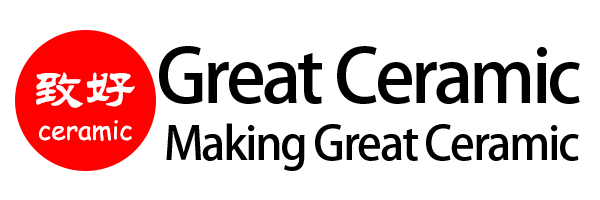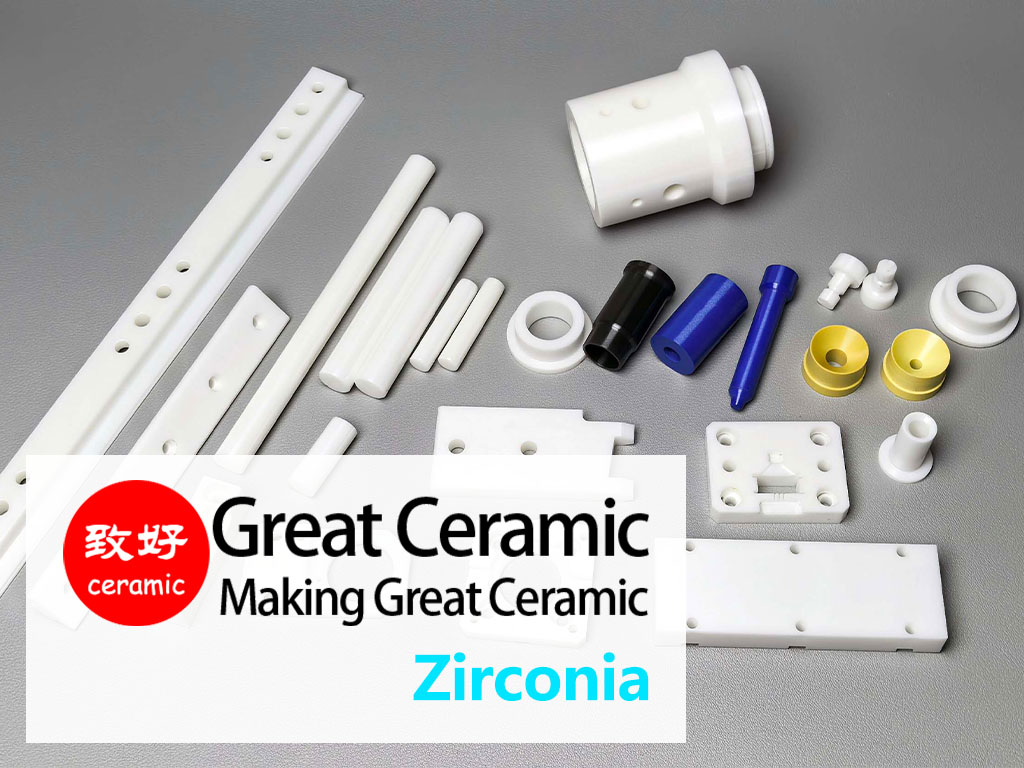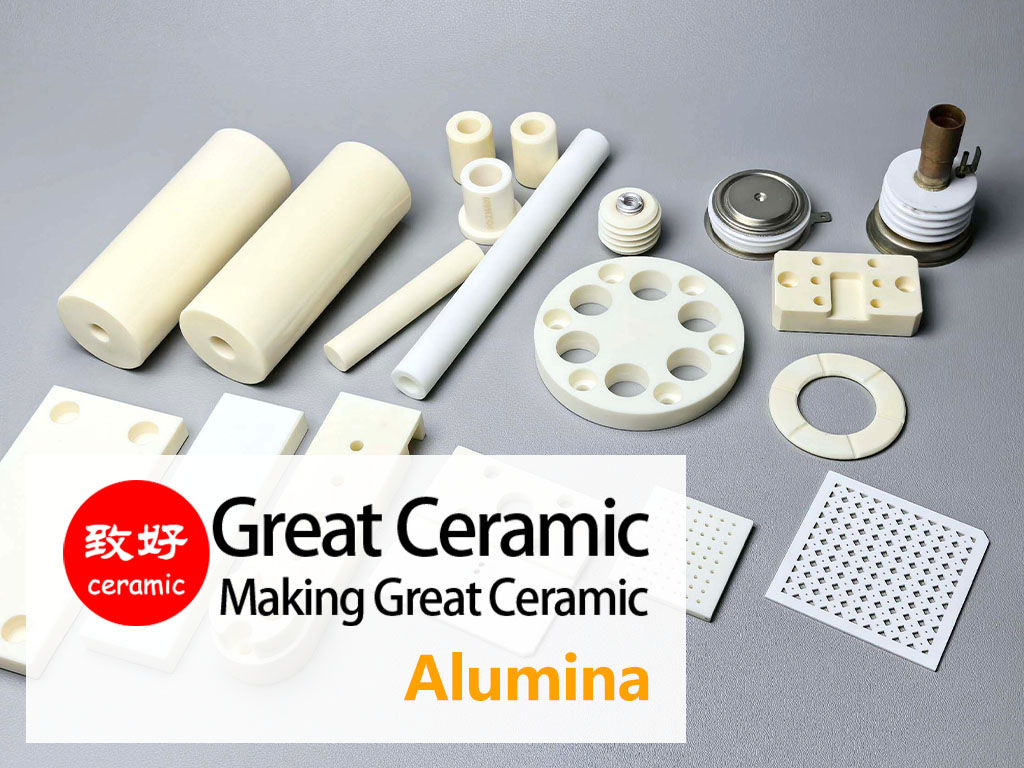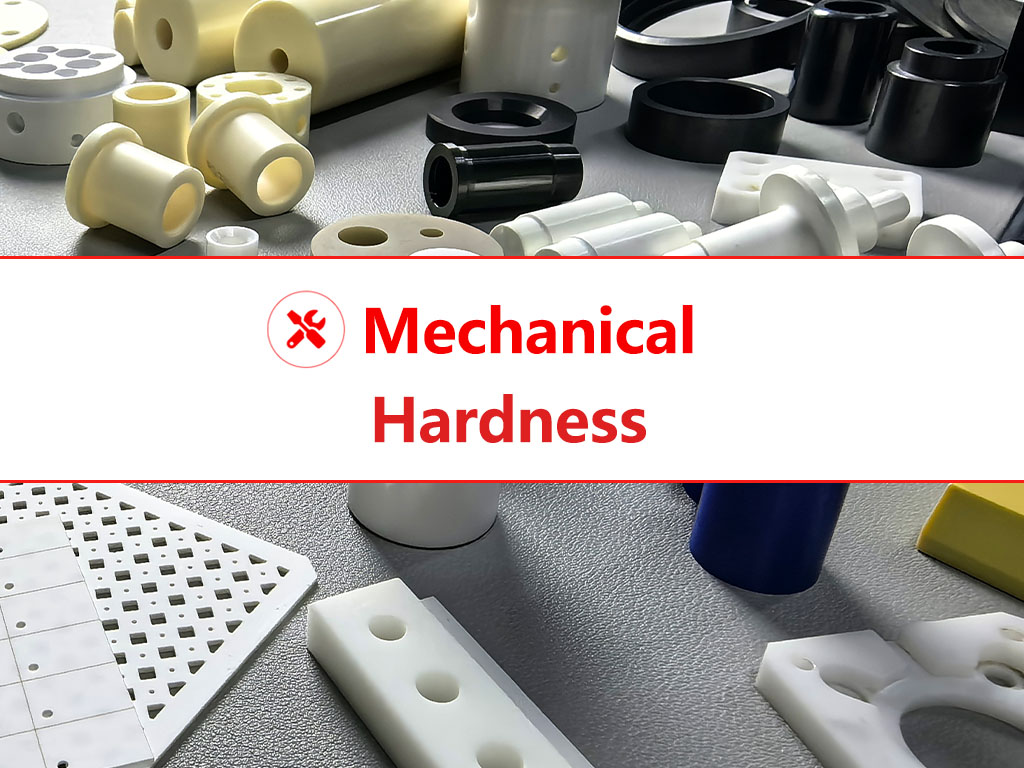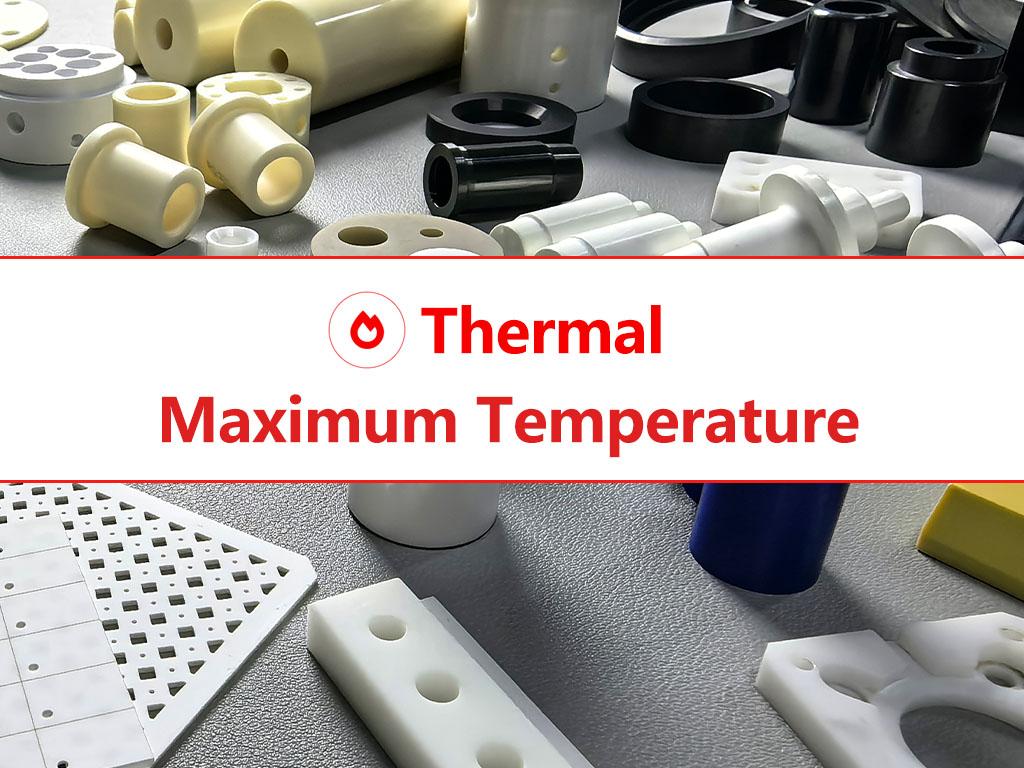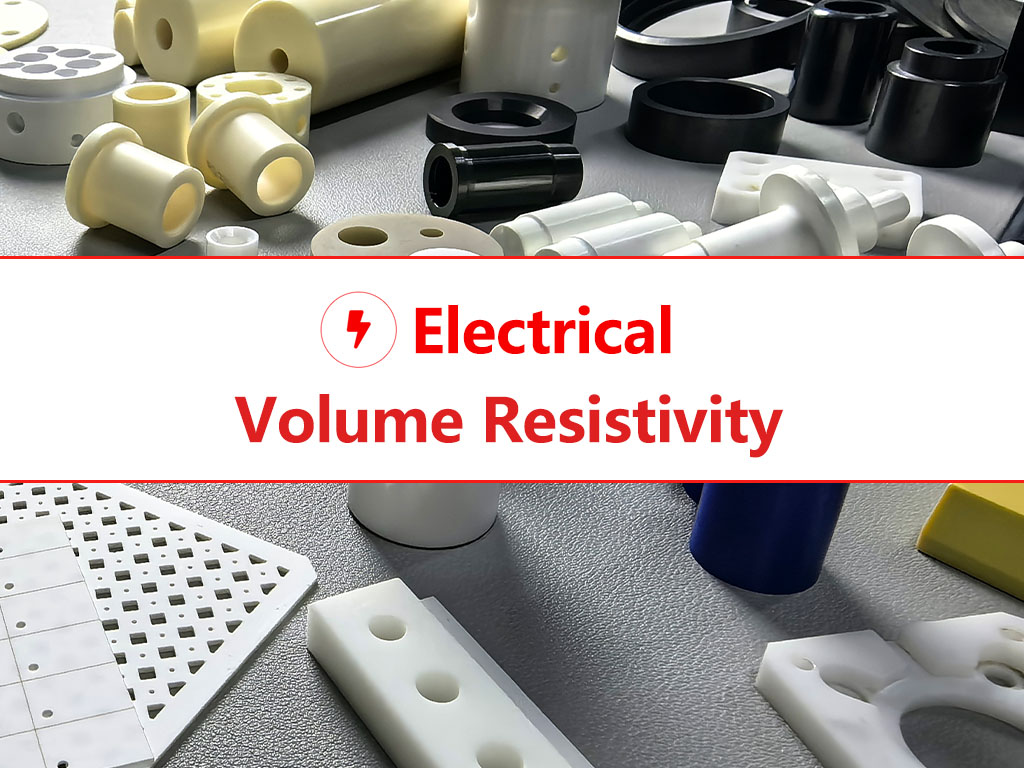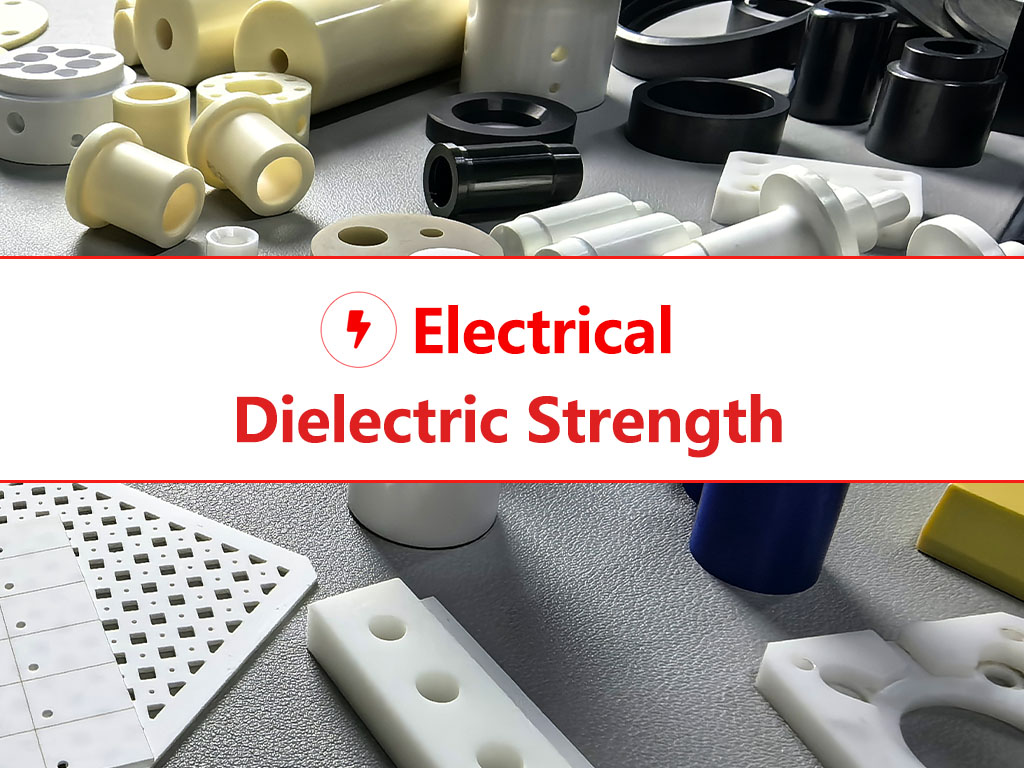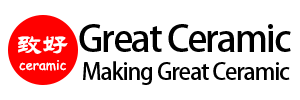Коррозионная стойкость и химическая стабильность передовой керамики
Передовая керамика привлекает все большее внимание в критически важных отраслях промышленности благодаря своей исключительной коррозионной стойкости и химической стабильности, особенно в таких суровых условиях, как высокие температуры, сильные кислоты/основания и агрессивные газы. По сравнению с металлами и инженерными пластиками, передовая керамика обеспечивает непревзойденную долговечность и производительность в химически агрессивных условиях, что делает ее незаменимой в производстве полупроводников, химической промышленности, аэрокосмической отрасли и энергетике.
Перейти к
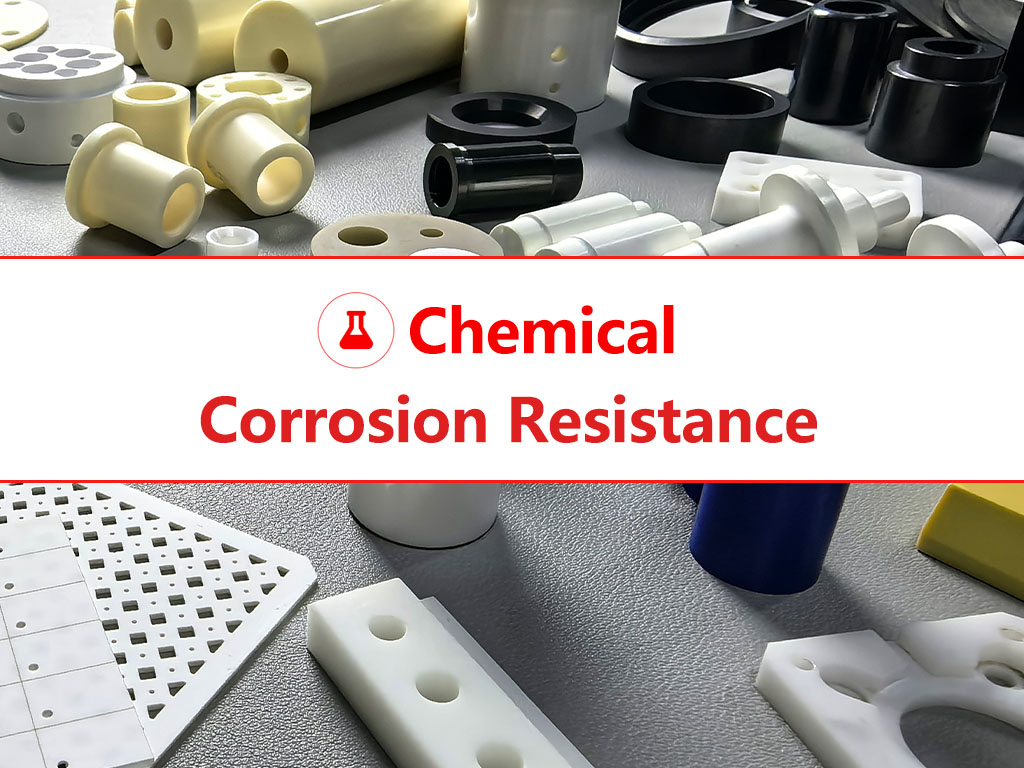
Что такое коррозионная стойкость и почему она имеет значение?
Коррозионная стойкость - это способность материала сохранять свою структуру и эксплуатационные характеристики при воздействии химических сред, таких как кислоты, щелочи и соли, не разрушаясь.
Усовершенствованная керамика, такая как глинозем (Al₂O₃), диоксид циркония (ZrO₂), карбид кремния (SiC), и нитрид кремния (Si₃N₄) неорганические, неметаллические материалы с сильной ионной или ковалентной связью. Это придает им гораздо большую устойчивость к коррозии, чем большинству других материалов. металлы и инженерные пластмассы.
Для современной керамики это свойство имеет решающее значение:
Преимущества передовой керамики в плане химической устойчивости
Факторы, влияющие на коррозионную стойкость керамики
Скорость растворения керамики в агрессивных средах (экспериментальные данные)
В следующей таблице показаны измеренные скорости растворения основных керамических материалов в распространенных агрессивных средах, что свидетельствует об их долговременной химической стойкости:
| Материал | Средний | Температура | Продолжительность | Скорость растворения (мг/см²/день) |
|---|---|---|---|---|
| Глинозем (Al₂O₃) | HCl (10%) | 100°C | 24 h | ~0.02 |
| Цирконий (ZrO₂) | H₂SO₄ (30%) | 150°C | 24 h | ~0.015 |
| ZTA20 | HCl (10%) | 100°C | 24 h | ~0.025 |
| Нитрид кремния (Si₃N₄) | NaOH (20%) | 80°C | 72h | ~0.01 |
| Нитрид алюминия (AlN) | DI вода (pH 7) | Комнатная температура | 7 дней | ~0.5 |
| Карбид кремния (SiC) | HNO₃ (50%) | 120°C | 48 h | <0.01 |
| Оксид бериллия (BeO) | HCl (10%) | 90°C | 24 h | ~0.02 |
| Гексагональный BN (h-BN) | H₂SO₄ (98%) | 100°C | 24 h | ~0.15 |
| MGC (обрабатываемая стеклокерамика) | NaOH (10%) | 80°C | 24 h | ~0.2 |
Примечание: Такие материалы, как AlN и MGC, более реактивны в воде или щелочных растворах, в то время как SiC и Al₂O₃ демонстрируют чрезвычайную инертность как к кислотам, так и к основаниям.
*Данные приведены только для справки.
Ключевые керамические материалы: Свойства и варианты использования
Нажмите на синий шрифт, чтобы просмотреть подробную информацию о каждом современном керамическом материале:
| Материал | Химическая устойчивость | Общие приложения |
|---|---|---|
| Глинозем (Al₂O₃) | Высокая инертность в кислых и основных средах | Полупроводниковые приспособления, медицинские имплантаты |
| Цирконий (ZrO₂) | Стабилен в кислоте; ограниченно устойчив к щелочи | Насосы, клапаны, датчики |
| ZTA20 | Повышенная прочность и коррозионная стойкость | Конструктивные элементы, быстроизнашивающиеся детали |
| Нитрид кремния (Si₃N₄) | Стойкость к кислотам и термическому окислению | Газовые турбины, детали автомобильных двигателей |
| Нитрид алюминия (AlN) | Хорошая химическая стойкость, высокая теплопроводность | Электронные подложки, теплоотводы |
| Карбид кремния (SiC) | Превосходная устойчивость практически ко всем химическим веществам | Химические реакторы, уплотнения, теплообменники |
| Оксид бериллия (BeO) | Химическая стабильность, термостойкость | Военная электроника, космические системы |
| Нитрид бора (BN) | Инертен, не реагирует даже при высоких температурах | Кристаллы, изоляторы в реактивных атмосферах |
| Обрабатываемая стеклокерамика (MGC) | Хорошая химическая стойкость, легко поддается обработке | Прототипы, вакуумные детали |
Связанные точки знаний:
Нужна помощь в выборе подходящей керамики?
Выбор правильной передовой керамики имеет решающее значение для обеспечения долгосрочной надежности и оптимальной производительности. Независимо от того, нужны ли вам керамические материалы из нитрида кремния, карбида кремния или глинозема, наши материалы обеспечивают лучшие в отрасли характеристики, долговечность и точность.
Наша техническая команда готова помочь - свяжитесь с нами сегодня, чтобы получить квалифицированную консультацию, основанную на ваших конкретных потребностях.
Сравнительная коррозионная стойкость распространенных материалов
На этом рисунке показано сравнение скорости растворения (единицы измерения: мг/см²/день) различных передовых керамических материалов в трех типичных агрессивных средах, что облегчает интуитивное понимание химической устойчивости различных передовых керамических материалов в кислотной, щелочной и солевой средах.
*Данные приведены только для справки.
